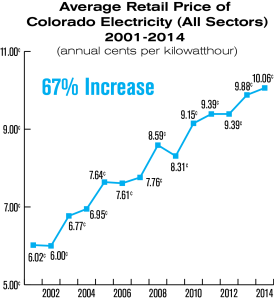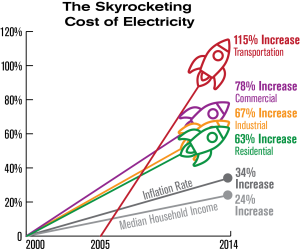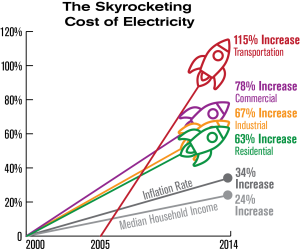Declining block rates. Since they offer lower costs for utilization past the fundamental square of utilization, declining block rates urge clients to increment as opposed to diminish energy utilization and pass on the message that utilizing more power is acceptable and that the utility can generally give more force at less expensive expenses. Bill adders. Numerous states incorporate different charges, for example, explicit reason overcharges, establishment expenses, or different charges, on service bills notwithstanding base tax charges. Pulse Power is very important to note at all the time initially. Assuming such charges show up on the client bill as fixed expenses, they might be proficient approaches to recuperate fixed expenses, however, they don’t urge clients to lessen energy use since they can’t be maintained a strategic distance from through energy efficiency. If the charge is volumetric, however, appeared as a different detail without an all-out volumetric charge, it can diminish value straightforwardness furthermore, restrain clients’ comprehension of the maximum and the amount they can save, and along these lines can by implication decrease motivators to cut utilization.
Straight fixed-variable (SFV) rates

This methodology puts all utility fixed expenses in a fixed charge and all factor costs in a variable charge. Since it will in general move costs out of volumetric charges, it will, in general, lessen clients’ proficiency impetus, because the minor cost of extra utilization is decreased. While SFV rates are being considered to more readily mirror the utility’s expenses behind the rate, these rates don’t urge clients to change energy use conduct or put resources into effective innovations. Such client disincentives endure in any event, when SFV rates are applied to singular parts of the bill, for example, charges for conveyance administration. Level/fixed-charge evaluating. Numerous utilities offer a “spending charging” choice, which levels charging installments for more than a year. This decreases proficiency motivating forces in the short run because clients don’t perceive any bill impacts from utilization changes until the accompanying year. Notwithstanding, there is a yearly change, which may give a more drawn-out term proficiency motivating force. A few organizations offer a fixed yearly bill without a programmed yearly change. This methodology can create both short and long-haul disincentives for clients to turn out to be more energy-proficient, in that the client’s activities may have little impact on their bill.
Variable Rates/Dynamic Pricing
Variable rates and dynamic valuing are under the dynamic turn of events and are being actualized in a few states, with considerable experimental run program action and related examination and assessment. Because of the distinctions in physical qualities and framework financial matters among power and petroleum gas specialist organizations, no proof was found of these sorts of rates being sought after for petroleum gas administration. Subsequently, this brief examines just electric rates in this classification. In basic terms, variable rates and dynamic estimating are intended to mirror the genuine expense of power during explicit hours of the day and year, to change clients’ hourly burden shapes with decreases in pinnacle interest or moves of pinnacle utilization to different hours of the day. Energy proficiency is ordinarily an auxiliary impact of such evaluating approaches, albeit estimated short-term energy utilization decreases have been documented. Because the points of interest of these evaluating plans change considerably, it is hard to make conventional appraisals of their adequacy as client energy productivity motivators. The motivation impact can rely intensely upon usage subtleties, including clients’ abilities to see and react to value flags, the adequacy of control innovations, and whether clients are given powerful instruction on their value reaction alternatives. Rates expected to decrease top use regularly construct a huge cost differential between on-top and off-top energy, with the goal that the high on-top expense unequivocally prevents on-top use.




